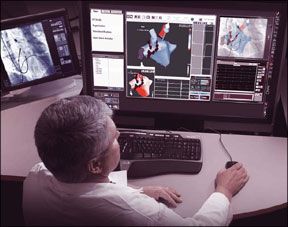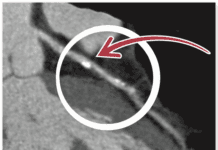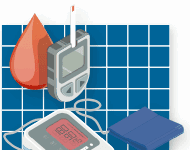Almost everyone experiences an episode of arrhythmia-abnormal heart rhythm-at some time in their lives. Mild, isolated arrhythmias are common and are usually considered harmless. But for other types of arrhythmias, such as atrial fibrillation (AFib) and ventricular tachycardia (v-tach), treatment is crucial to prevent serious consequences, such as heart failure, stroke, and even death. Several recent technological advances are making it easier for doctors to return the heart to a normal rhythm with catheter ablation, a procedure that entails threading a catheter (a thin, flexible tube) through a blood vessel into the heart and correcting the irregularity. A key element of an ablation procedure is guiding the catheter to the areas in the heart where the irregular rhythms originate. "Performing an ablation procedure with robotics or magnetic navigation allows the physician to get to places that might be hard to reach manually, which should improve accuracy, safety and effectiveness," says cardiologist Walid Saliba, MD, Director of the Electrophysiology Lab in the Department of Cardiovascular Medicine at Cleveland Clinic.
To continue reading this article or issue you must be a paid subscriber.
Sign in






